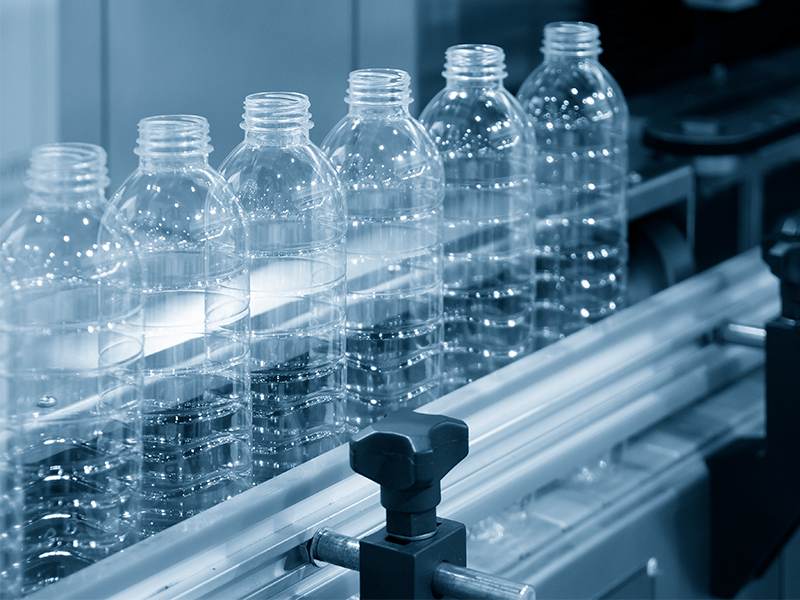Every year, about 500 billion PET bottles are used worldwide. While plastics offer convenience in everyday use, their environmental impact is profound. Given their resistance to decomposition, plastics often find their way into nature, polluting ecosystems and endangering organisms. Plastic bottles are not well-recycled, with 91% of the world’s plastic bottles not being recycled. However, recent improvements in technology now offer ways to transform waste into eco-friendly hydrogen energy. However, it is true that there are some limitations to current technology.

Table of Contents
-
- Harnessing Solar Power to Convert Plastic into Eco-Friendly Hydrogen Energy
-
-
- Green Energy and Photoreforming
-
-
- Limitations of Current Technology
Harnessing Solar Power to Convert Plastic into Hydrogen Energy

Hydrogen energy is a renewable option (to generate energy) with significant potential to supplant traditional, environmentally unfriendly fossil fuels. When people burn hydrogen for energy, its only byproduct is water, compared to fossil fuel which includes carbon dioxide, methane, and other greenhouse gases. Moreover, hydrogen energy yields three times the energy produced by petrol and seven times that of coal. Recently, researchers have developed a process known as “photoreforming” to convert plastic into “green hydrogen”. Photoreforming includes the following steps.
-
- Drop a photocatalyst (such as Ag – TiO2) onto the plastic
-
- Immerse the Plastic into an Alkaline (Basic) Solution. The solution must have a high pH in order to depolymerize plastic polymers.
-
- Put it under the sunlight
The photocatalyst, when reacted with ultraviolet light from sunlight, generates electron-hole pairs, which cause electrons to be in an excited state and relocate from the valence band to the conduction band (move to a different energy level). Meanwhile, the alkaline solution and the heat from the sun allow for the depolymerization of plastic. The excited electrons can reduce the water present into H2 and oxidize depolymerized plastic polymers – (C10H8O4)n – into other smaller organic compounds.

This explains the process of photoreforming in a simple illustration (Source: Royal Society of Chemistry). The sunlight and the photocatalyst allow the plastic to oxidize into organics while the water to reduce into hydrogen gas.
Photoreforming has a high potential to succeed because it can convert plastic waste into useful hydrogen energy only with a widely used photocatalyst and sunlight.
[Photoreforming] demonstrated its great environmental and economic value in the real world, given its significant potential in converting the huge amount of plastic wastes to produce valuable chemicals and fuels
Shaohua shen, jiaotong university of china
Limitations of Current Technology
However, it is true that there are some limitations to photoreforming. Research in the field of photoreforming is still in its infancy. Most importantly, developing a more efficient photocatalyst is essential for photoreforming to function effectively. Current photocatalysts, such as TiO2, have a low efficiency rate and thus make it difficult to convert plastic into green hydrogen energy rapidly and efficiently. To overcome this difficulty, the scientific community is working hard to create a new catalyst. In fact, a recent study found that carbon-based catalysts do have the potential to overcome these limitations.





Having read your posts. I believed you have given your readers valuable information. Feel free to visit my website Webemail24 and I hope you get additional insights about Makeup as I did upon stumbling across your site.